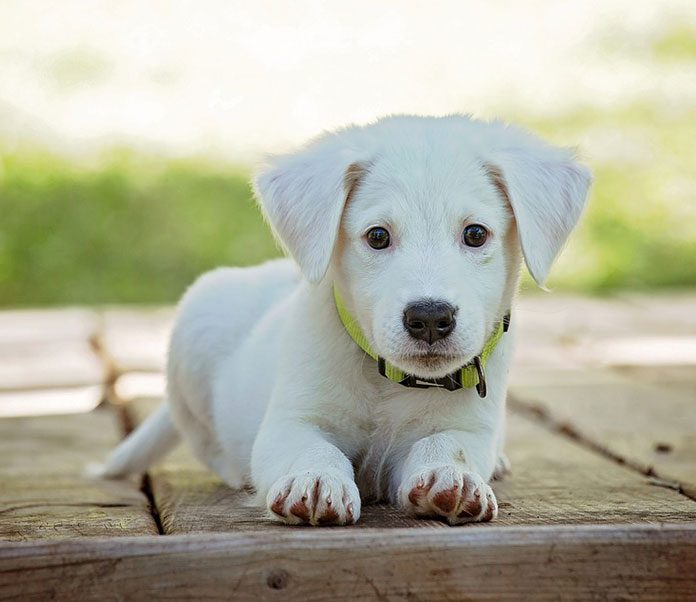Different species of animals behave differently when they are lost and also in most of the situations, owners also panic and search frantically all over the place. What people don’t realize is that they shouldn’t take any action in haste but should put in some thinking. And in such critical situations, time cannot be wasted. If smart tactics are used, the animal will itself come walking to the owner.
The first thing to do is to call out the name of the animal very loudly. Usually the owners call out the name of the animal at meal times. So the pet will associate the name calling with food and will come out of the hiding for food if they are in vicinity. Also, the dry food treats, which are given to the animal, can be put in a can and covered with a lid. Then the can should be rattled. Hearing the noise the pet will come rushing to have the treat, no matter where they are hiding. They will get tempted to have their treat. This technique is also known as conditioning response and is very effective.
Very rarely will a pet come out of the hiding in broad daylight. The owners must wait till dusk and then start the search of the animal in the neighborhood. But they should not waste time during the day and it should be utilized to inform the law enforcement about the present situation, because in most of the states, it is a must to report a lost animal within an hour. And if this time limit is crossed the owner can be heavily penalized and even get arrested. All the legal requirements should be documented and all the names of the involved people should be noted down. This will help in providing a proof later.
Portable torch or spotlight can be used to search around at night. This is also an effective technique because the animal will be looking straight at the human and also its eyes will reflect the light and shine in the dark. If the animal has escaped from the premises, every house in the neighborhood should be knocked and people should be shown pictures of the pet. Also, contact information should be left in case if they find the pet they can contact you. There can be a great possibility of someone spotting the animal. And if someone does see the animal, it will give the direction in which the animal is proceeding.
The animal can be in big risk if it declawed or de-fanged. It will not have the basic means of self-defense. If in a dense area, it will hide till dark and then wander around in the night. Also the animal cannot hunt for food, it will be very hungry and tired. Again here the rattling of the can with dry food can do the trick. Even its favorite toy, which makes noise, can be used. Any familiar sound will encourage the animal to come out of the hiding. The recognition of the rattling of the can and noise of a toy should be part of the training, which will be useful in such situations. In fact, the animal should be made to hear this sound everyday. But a person should carry out this practice, which is close to the pet. The same person should try this trick when the animal is lost, as the pet will not come to an unknown person.
Even after all these efforts, the pet isn’t found; flyers should be distributed in the neighborhood. The flyer should have a picture of the pet, its description, owner抯 contact information and a reward if any. The idea of the reward, even if it a small amount, will catch the attention of many and some might even become proactive members of the search team. If budget allows, do print the flyer in color, as the picture will be more easily recognizable. It is very important to mention that if any one sees the animal, do not try to catch it, instead the owners must be contacted immediately.
Also, medium sized boards similar to advertising boards can be put up within a radius of two miles. The words lost pet?and telephone number should be written in big and bold font. Other details can be written in smaller font. When the animal is found, the signs should be saved for future use.


































